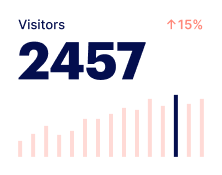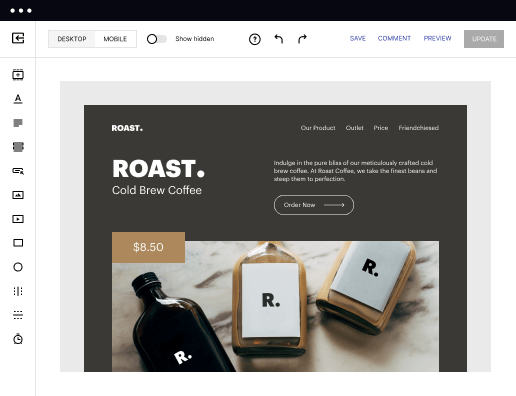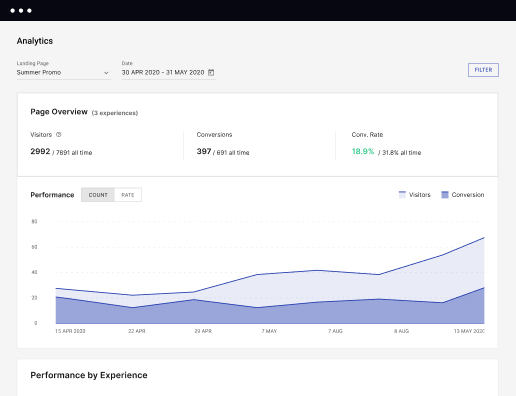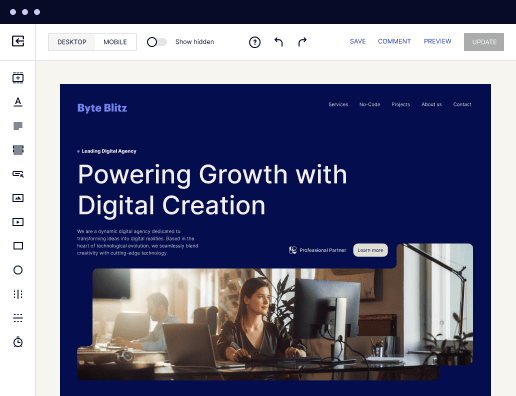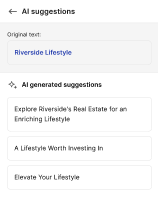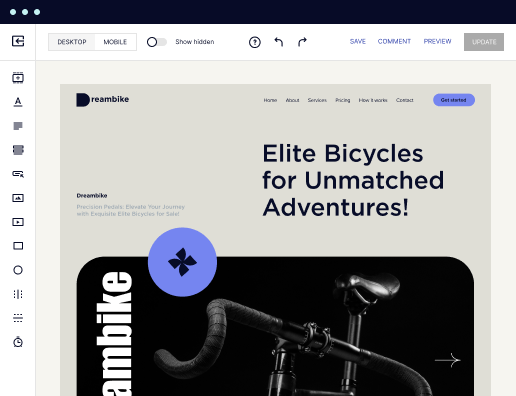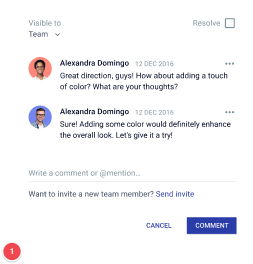Make your privacy policy page designed for Unix
Instapage empowers you to reduce costs, increase conversions, and deliver meaningful experiences on Unix.
Create your privacy policy page on Unix using Instapage
Creating a privacy policy page on Unix is essential for transparency and compliance. With Instapage, you can quickly build this necessary documentation in a user-friendly environment tailored for marketers. Through its flexible design options, Instapage elevates your branding, ensuring your privacy policy complements your overall website aesthetics while clearly outlining how you handle user data.
Understanding the Importance of a Privacy Policy
A robust privacy policy is not just a legal requirement; it's an opportunity to instill trust among your site visitors. For businesses across various verticals including marketing, education, and financial services, transparency about data collection, usage, and storage is crucial in increasing customer loyalty and brand trust. Moreover, it helps protect your company from potential legal repercussions and aligns with regulatory requirements, especially in the USA.
- Establishes transparency: A clear privacy policy assures users that their personal information is handled responsibly.
- Enhances credibility: An articulate policy can differentiate your brand in competitive markets, especially in sectors like tech and government.
- Compliance with laws: Following regulations such as GDPR and CCPA, a well-crafted privacy policy keeps your business legally secure.
Step 1: Select a Conversion-Focused Template
To kick off your privacy policy creation process, explore the extensive library of templates available on Instapage. With over 100 layouts designed specifically to drive conversions, you'll find options tailored to your business's branding needs. Look for templates that facilitate easy customization while ensuring they meet legal criteria.
Step 2: Customize and Optimize Your Policy Content
Once you’ve selected a template, it’s time to populate it with your specific privacy policy content. Here’s a useful checklist:
- Include data collection methods: Clearly describe how you gather personal data from users, including forms and cookies.
- Explain data usage: Outline how the collected data will be utilized, such as improving service or marketing communications.
- Address third-party sharing: Be transparent about if and how user data may be shared with third parties.
Step 3: Utilize Instapage’s Optimization Features
Leverage Instapage's built-in experimentation tools to enhance the effectiveness of your privacy policy page. Use A/B testing to determine which wording or layout resonates best with your audience.
- Conduct A/B tests: Identify which variation leads to better user engagement and trust.
- Utilize heatmaps: Analyze user behavior to see where they engage most on your page.
- Implement analytics: Monitor how visitors interact with your privacy policy page to make informed adjustments.
By following these steps, you can successfully create a privacy policy page that not only meets legal requirements but also fosters trust and transparency with your audience.
Ready to enhance your brand's credibility? Leverage Instapage to build, customize, and optimize your privacy policy page today.
Get more out of Create your privacy policy page on Unix
Improve your Quality Score with quick load technology for landing pages
Increase conversions with content that aligns with your ads and audiences
Achieve maximum ROI by scaling your marketing initiatives
Leading the way in building high-performing landing pages





FAQs
See how to create your privacy policy page on unix in action
Ready to skyrocket conversions?
Supercharge your ad campaigns with high-performing landing pages.
Get started
